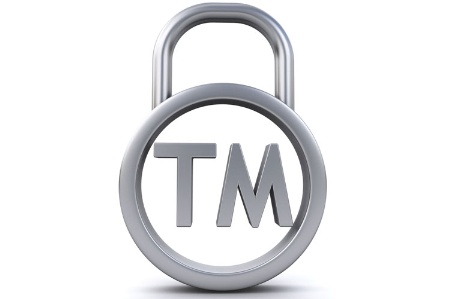
Trademark Basics
Even if you don’t know what a trademark is, you’d still probably recognize one. In fact, by reading this blog, there’s a good chance you may even recognize a trademark within your field of vision. According to the United States Patent and Trademark Office, a trademark is, “a word, phrase, symbol or design, or a combination of words, phrases, symbols or designs, that identifies and distinguishes the source of the goods of one party from those of others.” However, one trademark may be associated with two different products or services, as long as there is no likelihood of confusion.
A trademark is usually designated with an “R” with a circle around it or the letters “TM” next to the symbol or phrase. Trademarks can include names, symbols, sounds, colors or phrases. Trademarks are associated with a product (for example: a BigMac is a trademark to the burger product) and service marks are associated with a business or service (for example: McDonalds is a service mark of a restaurant); both provide the same protection to the right’s owner, but the “proper” term depends on whether the mark is associated with a specific product or with a company’s business, generally.
So why do we have trademarks? In essence, trademarks exist to help consumers quickly identify who makes or provides a product or service, i.e. they serve as indicator of the product or service’s originator. This protects the consumer by letting them know who made something and what to expect. For example, if you walk into a McDonald’s, the distinctive red and yellow sign and restaurant appearance indicates exactly what type of hamburger or french fries you will be getting. This is also an example of the use of a service mark and trade-dress.
As a form of intellectual property, a trademark receives certain legal protections. A trademark provides certain rights to its owner, such as restricting a trademark’s unauthorized use. A trademark does not need to be registered to enjoy legal protections, but it will have more legal protections if it is registered, and these legal protections will be easier to enforce. Whether registered or not, a trademark must be associated with a particular product or service. If a trademark is not used for a period of time, it will be considered “abandoned” and anyone will then be able to legally use the trademark.
For additional information about trademarks, please contact us.




